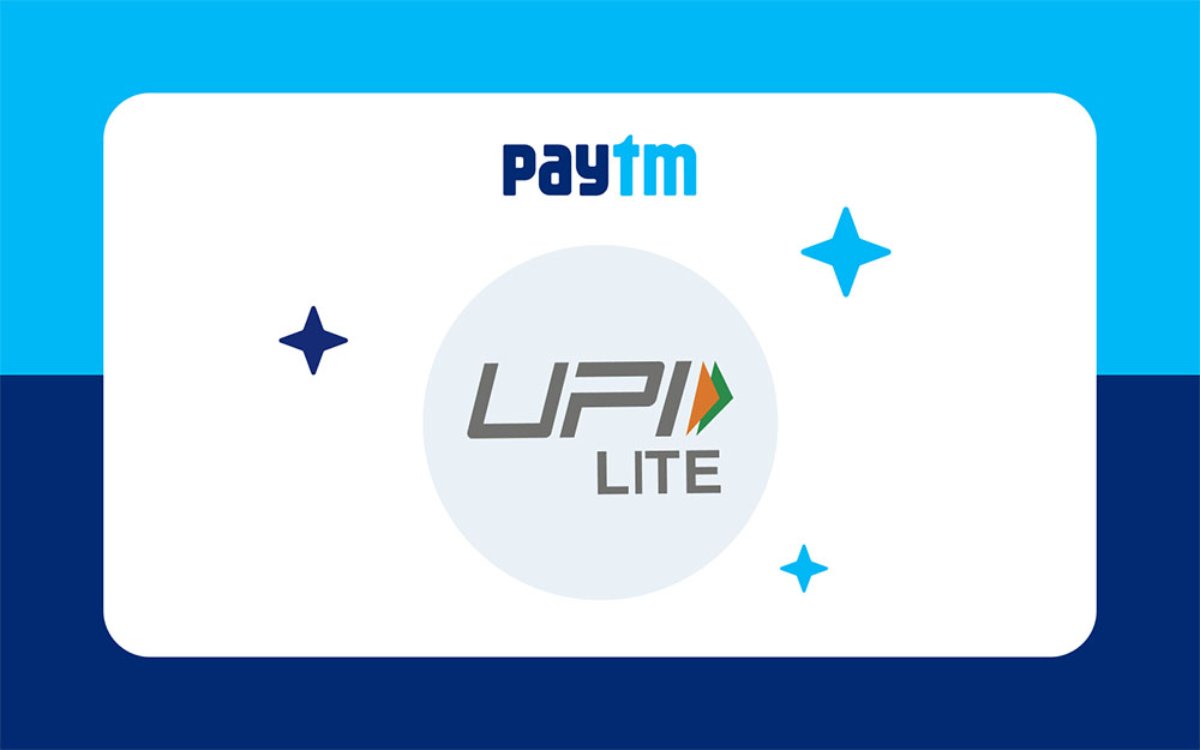
Optimising Payment Gateways for Mobile Devices: Enhancing Mobile-Friendly Payments and User Experience
The Mobile Payment Revolution You Can’t Afford to Miss
Imagine this: you’ve finally convinced a customer to make a purchase. They love your product, the price is right, but at the last hurdle—the payment page—their enthusiasm fades. Why? The payment process is clunky on their phone. They abandon the cart, and you lose a sale.
Today, over 70% of e-commerce traffic comes from smartphones. So, making mobile-friendly payments is not just nice—it’s a must. Responsive payment design and a smooth mobile UX can make or break a transaction.
This guide explores how to optimise your payment gateways for mobile devices. No matter if you run an online shop, a subscription service, or a mobile app, you’ll discover strategies to improve conversions. You’ll also learn how to boost customer satisfaction and make your checkout process smooth.
Why Mobile Optimisation for Payment Gateways Matters
1. Mobile Dominates Online Traffic
Smartphones account for the majority of e-commerce traffic.
- Fact: Statista reports that mobile commerce sales reached £3.5 trillion globally in 2024.

2. Cart Abandonment Is Higher on Mobile
Mobile users abandon carts more frequently due to poor checkout experiences.
- Scenario: A shopper faces a broken payment form. This causes frustration, and the shopper then leaves without completing the purchase.
3. Improved Mobile UX Drives Conversions
A seamless, mobile-friendly payment process leads to higher conversion rates.
- Tip: Every second of delay or complexity risks losing a customer.
Key Elements of Responsive Payment Design
1. Simplified Checkout Process
- Minimise steps: Use a one-page or minimal-step checkout.
- Auto-fill forms: Leverage browser-stored payment details.
- Guest checkout: Don’t force account creation.
2. Mobile-Optimised Input Fields
- Dynamic keyboards: Trigger numeric keyboards for card numbers.
- Clear labels and placeholders: Guide users through form fields.
- Minimise typing: Use dropdowns, toggles, and checkboxes where possible.
3. Responsive Layout and Design
- Adapt to screen sizes: Ensure forms adjust seamlessly to various devices.
- Prioritise readability: Use larger fonts and ample spacing.
- Highlight CTA buttons: Make ‘Pay Now’ or ‘Complete Purchase’ buttons prominent.
4. Multiple Payment Options
- Offer different mobile-friendly payment choices like Apple Pay, Google Pay, PayPal, and BNPL (Buy Now, Pay Later).
- Benefit: Flexibility reduces friction and accommodates user preferences.
5. Security Cues and Trust Signals
- Display security badges (SSL, PCI DSS compliance).
- Use familiar logos for payment options.
- Reinforce privacy policies.
Best Practices for Optimising Payment Gateways for Mobile Devices
1. Choose Mobile-First Payment Gateways
Select gateways built with mobile UX in mind.
- Popular Choices: Stripe, Square, PayPal, Adyen.
2. Integrate Digital Wallets
Support mobile-friendly payments through digital wallets.
- Example: Apple Pay and Google Pay offer one-tap transactions.
- Benefit: Removes the need to manually enter card details.
3. Test Across Devices and Browsers
Ensure your responsive payment design works smoothly on iOS, Android, and various browsers.
- Tip: Use real devices for testing, not just emulators.
4. Prioritise Speed and Performance
Optimise loading times for your payment page.
- Strategy: Compress images, use caching, and limit external scripts.
- Fact: Google reports that 53% of mobile users abandon sites taking longer than 3 seconds to load.
5. Implement Autofill and Saved Payment Methods
Reduce user effort by enabling autofill or saving payment details for future purchases.
- Scenario: A repeat customer completes a purchase with two taps.

6. Localise Payment Options
Tailor payment methods to regional preferences.
- Example: Offer Alipay in China, Paytm in India, or Klarna in Europe.
7. Ensure PCI Compliance and Strong Security
Safeguard user data with encryption and compliance with PCI DSS.
- Tip: Use tokenisation to protect sensitive information.
Real-World Example: Boosting Mobile Conversions with Optimised Payments
A mid-sized online retailer struggled with high mobile cart abandonment. They made the payment design responsive. They added Google Pay and Apple Pay, and cut down form fields. As a result, mobile conversions jumped by 25% in just three months.
This example shows that improving mobile UX for payments can greatly boost your profits.
Comparing Payment Gateways for Mobile Optimisation
| Gateway | Mobile Wallet Integration | Customisation Options | Global Reach | Mobile UX Rating |
| Stripe | Apple Pay, Google Pay | High | Global | Excellent |
| Square | Apple Pay, Google Pay | Moderate | North America | Very Good |
| PayPal | PayPal, Venmo, others | Moderate | Global | Very Good |
| Adyen | Multiple wallets | High | Global | Excellent |
This comparison helps identify the best gateways for your mobile-friendly payments strategy.
Trends in Mobile Payment Optimisation for 2025
1. Biometric Authentication Growth
Fingerprint and facial recognition are becoming standard for mobile-friendly payments.
2. Cryptocurrency Integration
More gateways support crypto payments for mobile transactions.
3. AI-Powered Fraud Prevention
AI tools enhance security without disrupting mobile UX.
4. Voice Commerce and Payments
Emerging voice-activated payment systems add new layers to mobile payment solutions.
Staying updated on these trends keeps your payment offerings competitive.
Conclusion: Future-Proof Your Business with Optimised Mobile Payments
Optimising payment gateways for mobile devices isn’t optional anymore—it’s vital for staying competitive. A seamless mobile UX reduces cart abandonment and enhances trust and customer satisfaction.
Focus on responsive payment design, add digital wallets, and tailor options to your audience. This will create a smooth checkout experience that boosts conversions and encourages loyalty.
Are you optimising your mobile payment processes? Share your thoughts or questions in the comments. Also, subscribe for more tips on improving your payment strategies!


